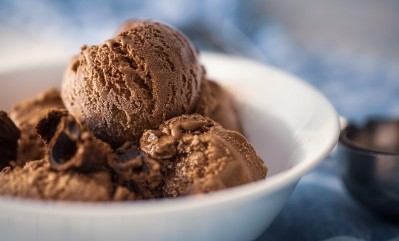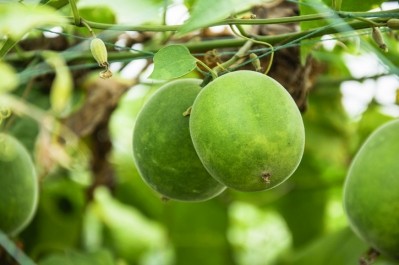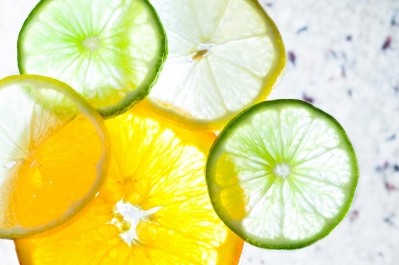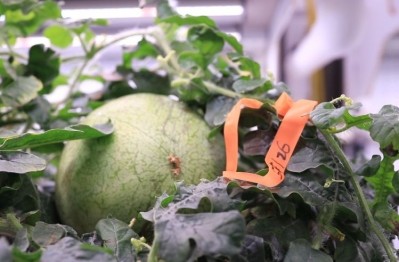Elo Life Systems unlocks funds to scale production of monk fruit-inspired high-intensity sweetener
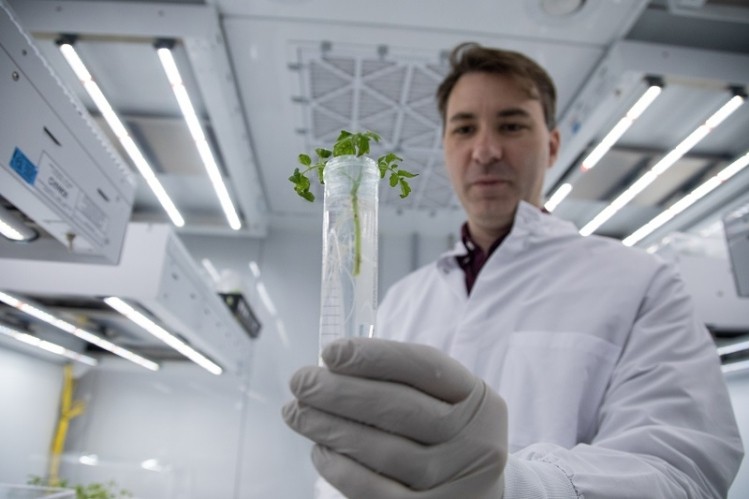
The high price tag and spotty supply of existing monk fruit, which only grows in remote valleys and along mountainsides in China and must be carefully hand pollinated, hand picked and processed immediately, means most food companies cannot afford or rely on the high-intensity sweetener currently, Elo CEO Todd Rands told FoodNavigator-USA. And yet, he adds, “when you talk to the food companies and beverage companies, all they want to talk about is how do we get more monk fruit sweetener into the system?”
He explains Elo found the answer by using data analytics, bio-molecular farming and plant genetics to locally produce at scale a diverse array of ingredients that occur naturally in food but are difficult to extract or produce in sufficient quantities – beginning with the in-demand sweetener molecules in monk fruit.
“Where Elo plays is in bringing those ingredients that you can’t make any other way and that are not available enough in nature to be naturally sourced, and we put them in a plant system that we can grow and scale right here in our backyard,” he said.
New production techniques allow for additional formats
He explained that Elo identified a way to produce in watermelons the sweet component mogroside V, a triterpenoid glycoside 200-300 times sweeter than sucrose, found in monk fruit.
“It seems a little crazy, perhaps, but the idea was, hey, here is a juice that you can harvest from melons you just crush and the sweetener comes along in that juice which is very low calorie and is super sweet,” but also much healthier than apple and grape juices that currently are used and high in sugar and calories, he said.
The company also is working on a powder format of the sweetener by using another crop system that can produce more biomass and allows Elo to create kiloton quantities through extraction.
A more sustainable option
A key component of Elo’s mission is to create ingredients in a more environmentally sustainable fashion, which it does by reducing the resources necessary for production and transportation.
“We are actually using crops where they’re currently making other ingredients that are useful and valuable today, and we’re piggybacking and putting our ingredient on top and then just pulling it out at the right time in the processing,” which reinforces the company’s sustainability mission by reducing the need for additional resources, including land and inputs, Rands said.
“A concrete example [of this] is we’re working in sugar beets, which seems also kind of ironic, but the idea is the sugar still gets produced and it is crystallized out in the processing and then, separately, you get molasses that comes off that same production and from the molasses, the processors extract lots of different compounds. So, essentially, we don’t disturb the normal production and processing steps and then we just take our ingredient out downstream,” he explained.
Because the company uses different plants to create these ingredients, it isn’t restricted to the regions where the original source material is produced. Rather, it can create them closer to where they are needed, reducing transportation.
A more affordable option
With these prototypes developed and tested, Elo was able to unlock additional funds in its series A raise to begin field trial valuations of its bio-factory crops to ensure its production is at the level it needs.
The additionally released funds also will help the company build out its commercial team who can work with ingredient and food company partners to establish demand and define the products and paths to go down in the early launch, Rand said.
As the company scales production, Rands expects the price point for its sweetener to be more in line with stevia, which is about two to three times less expensive than monk fruit, depending on the form.
A cleaner taste profile
He added he is eager to show off the taste profile of Elo’s sweetener, which he described as cleaner than monk fruit.
“Our taste profile is also going to be even better than the extract from the plant – so the extract from the plant carriers a lot of other things with it … other ingredients that go along for the ride. But when we produce it in our bio-factories, we’re able to focus the pathways on the particular sweet molecules that you really want to enrich for and so we can produce something that has a lot cleaner profile in terms of taste,” he explained.
While the company still has significant milestones to meet, Rands said he is confident that with the promising trifecta of a improved taste, lower price point and reliable production, the company’s sweetener is on track for use in a broad range of everyday foods beginning with the commercial launch in 2025.
